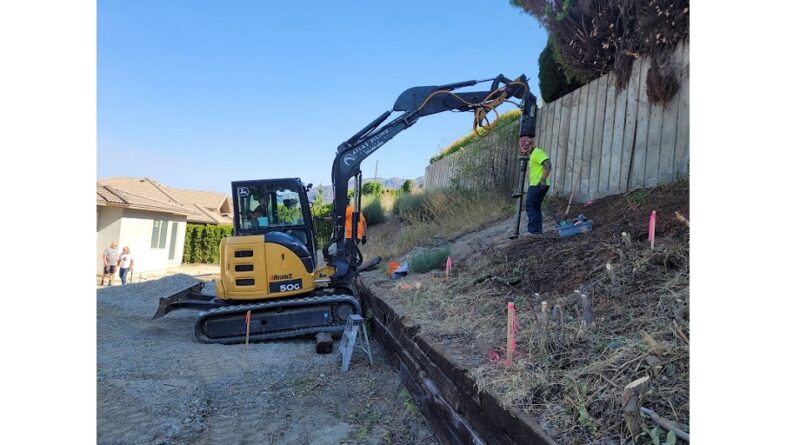Understanding the Engineering Principles of Helical Piles Foundations
Foundations are the backbone of any structure, and the choice of foundation type is critical to the success and longevity of a construction project. One innovative solution gaining popularity is helical piles foundations. These foundations offer a versatile, cost-effective, and environmentally friendly alternative to traditional foundation systems.
In this blog, we will delve into the engineering principles behind helical piles foundations, exploring their design, installation, and applications.
Design Principles of Helical Piles
The design of helical piles is rooted in soil mechanics and structural engineering principles. Several factors influence their design, including soil type, load requirements, and environmental conditions.
Soil Interaction
One of the primary engineering principles behind helical piles is their interaction with the soil. The helical plates create a resistance to both vertical and lateral loads through bearing and friction. As the pile is screwed into the ground, the soil around the helixes is displaced, creating a zone of compacted soil that increases the pile’s load-bearing capacity. The number, size, and pitch of the helical plates are carefully selected based on soil conditions to ensure optimal performance.
Load Distribution
Helical piles are designed to distribute loads efficiently through their helical plates and central shaft. The plates carry most of the load, transferring it to the surrounding soil. The central shaft provides additional support and stability, especially in cohesive soils or where lateral forces are significant. The design must account for both axial and lateral loads, ensuring that the pile can support the structure’s weight and withstand environmental forces such as wind or seismic activity.
Installation Techniques
The installation of helical piles is a straightforward yet precise process that requires specialized equipment and skilled operators. The installation process typically involves the following steps:
Site Assessment
Before installation, a thorough site assessment is conducted to determine soil conditions, load requirements, and any potential obstacles. This information guides the selection of the appropriate helical pile design.
Pile Installation
Helical piles are installed using hydraulic torque motors mounted on construction equipment such as excavators or skid steers. The torque motor rotates the pile into the ground, with the helical plates cutting through the soil and creating a screw-like motion. The installation process is monitored to ensure that the piles reach the desired depth and torque, indicating proper load-bearing capacity.
Load Testing
After installation, load testing is often performed to verify the piles’ capacity. This can involve static load tests, where a load is applied to the pile and its deflection is measured, or dynamic load tests, which use impact loads to assess performance. Successful load testing ensures that the foundation meets design specifications and can support the structure safely.
Applications of Helical Piles
Helical piles are used in a wide range of applications due to their versatility and reliability. Some common uses include:
Residential and Commercial Buildings
Helical piles provide stable foundations for both residential and commercial buildings, particularly in areas with challenging soil conditions or where traditional foundations are impractical.
Infrastructure Projects
They are also used in infrastructure projects such as bridges, highways, and retaining walls, where they offer quick installation and minimal site disturbance.
Renewable Energy
Helical piles are increasingly used in renewable energy projects, such as solar panel installations and wind turbine foundations, where their ease of installation and environmental benefits are highly valued.
Atlas Piling: Your Partner in Helical Piles Solutions
Atlas Piling offers comprehensive helical piles solutions tailored to your project’s specific needs. With a team of experienced engineers and state-of-the-art equipment, Atlas Piling ensures precise installation and reliable performance. Whether you are working on a residential, commercial, or infrastructure project, Atlas Piling provides the expertise and support you need for a strong foundation.



Pingback: Understanding the Engineering Principles of Hel...